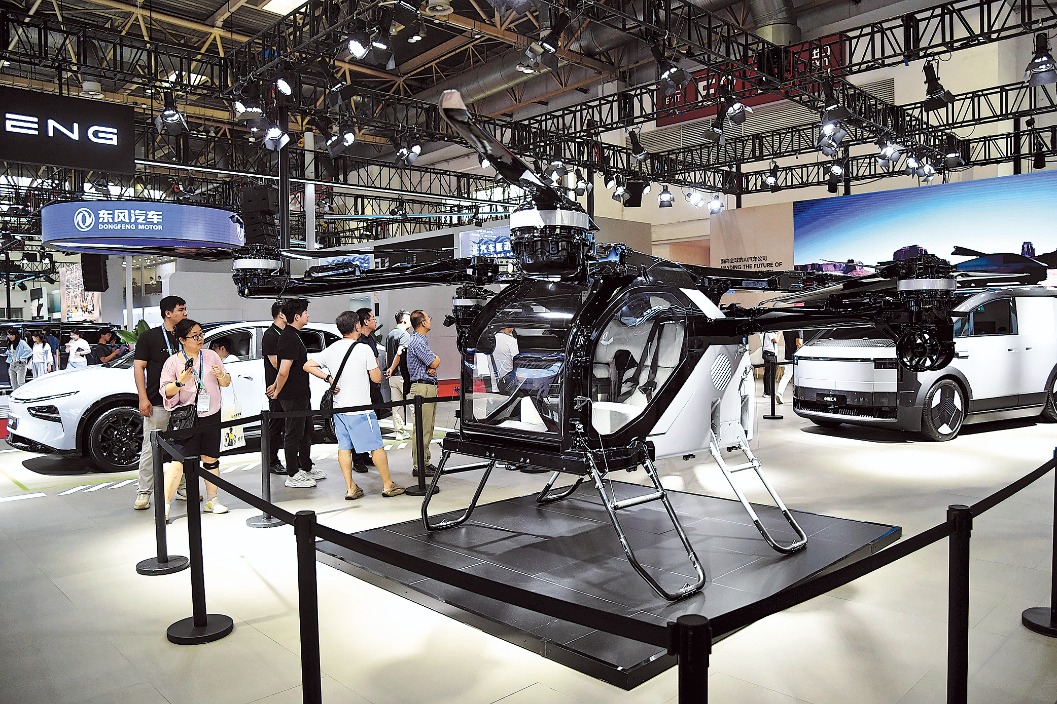Starbucks pilots 'study spaces' in South China

Coffee shops are increasingly becoming the go-to spots for meeting friends and working for many Chinese consumers, and the US coffee chain Starbucks recently launched study spaces at some of its stores in the country, with no charge for seating and no time limit, as the company continues to cope with fierce competition in China's coffee consumption market.
Starbucks China said at some of its stores in Guangdong province, it has introduced study rooms at its stores, hoping to provide a space for consumers in the hot summer. By creating a unique place for customers, it is committed to meeting the diverse demands of customers at different times and in different scenarios.
At those Starbucks outlets in Guangzhou and Shenzhen, the stores don't require consumers to purchase food and drinks, and the study space doesn't need to be booked in advance. The space provides free power sockets and water, according to the company.
"The core of Starbucks' study room model lies in verifying whether the free study space can effectively drive an increase in coffee consumption by attracting more customers," said You Haokun, chief analyst of LeadLeo Research Institute, a market research provider based in Shanghai.
"This model is currently being piloted in South China, and the details of the national promotion plan and profit model are not clear yet. Whether it can help Starbucks improve its business performance still needs to be continuously observed," You said.
He added that the study room service launched by Starbucks overlaps with existing study room businesses. Based on LeadLeo's observation, the study room sector in China continues to face pressure to make profits.
The number of paid self-study rooms in China has increased from over 100 in 2019 to over 10,000 today. Among first-tier cities, Beijing has the highest number of study rooms, while there is a significant gap in the number and density of stores between Beijing and Shanghai, Guangzhou and Shenzhen. Starbucks chose Guangdong as pilot operations would face relatively smaller direct competitive pressure, Lead-Leo said.
In its fiscal second quarter this year, Starbucks' comparable store sales in China were flat, with a 4 percent gain in transaction volume, offset by a 4 percent drop in average ticket size. The company currently operates more than 7,700 stores across China.
Brian Niccol, Starbucks chairman and CEO, signaled confidence in the Chinese market in April, citing early signs of progress tied to new product strategies — including the launch of sugar-free beverages and more accessible price points. The company sees great potential for business there in the years ahead and remains open to how they can achieve that growth, Niccol said in April.
In the first quarter of this year, Starbucks' domestic rival Luckin Coffee netted sales of 8.87 billion yuan ($1.24 billion), growing 41.2 percent year-on-year.
China's coffee retail market has seen fierce competition. To welcome the peak consumption season in summer, various coffee brands have been accelerating their expansion nationwide.
In June, 27 coffee chains — including Starbucks and domestic brand Cotti Coffee — together opened 2,053 new coffee shops in China, up 89.39 percent year-on-year, and the number edged up 2.14 percent over May, according to canyandata.com, a third-party platform on the Chinese mainland that provides catering sector data and the official accounts of different brands.
Speaking of future development, Starbucks China CEO Liu Wenjuan earlier said that the coffee consumption market in China has continued to undergo profound changes, with frequent promotions by retailers and overall pressure on the industry.
Starbucks' confidence and commitment to the Chinese market remain firm, and it will continue to stick to a long-term development approach and overcome industry changes, Liu said.
Wang Zhuoqiong contributed to this story.




































